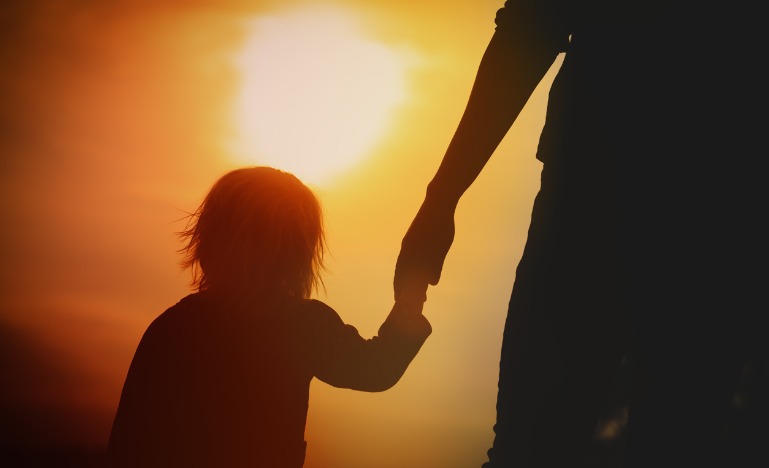Paying more attention to our children
They have taken up the mantle of defending our rights. So why can’t we make justice more accessible to them?

The Supreme Court of Canada announced that it would not hear a case meant to clarify whether Canadians can sue their governments under the Canadian Charter of Rights and Freedom for failing to take appropriate measures to curb the climate crisis. The appeal of a refusal to certify a climate change class action brought by ENvironnement JEUnesse is one of many instances of litigation burgeoning across the country in which children and youth are seeking to hold their governments accountable.
Children and youth in Canada are increasingly playing leading roles in the most pressing human rights issues of our time, such as climate change and reconciliation. Unfortunately, much more needs to be done to ensure they are treated as rights bearers in Canada. Our legal processes must be adapted to their needs.
Children and youth are disproportionately vulnerable to the impacts of climate change. Indeed, the early stage of their physiological and cognitive development makes them less equipped to deal with climate-related shocks and stresses. They will also bear an increased burden of its consequences as the impacts worsen in the future when they become adults. It's no surprise then that children and youth worldwide have stepped up to hold governments and corporations for the human rights implications of failing to act. In Canada, they have done this by initiating pioneering Charter litigation across the country, notably in BC, Ontario, and before the Federal Court of Appeal.
The ENvironnement JEUnesse litigation is a shining example of youth as the instructing clients. The non-profit organization's website features youth-accessible information -- videos, photos, facts sheets and education tools -- about the litigation and how to get involved. ENvironnement JEUnesse as an organization can serve as a masterclass in youth-led litigation that is in keeping with best practices in human rights.
The courts that heard the case, on the other hand, were less exemplary. Neither the Quebec Superior Court nor the Quebec Court of Appeal provided any such accessible information about the litigation or allowed for special measures to permit them to follow the case. The rules of procedure of both courts do not provide measures for age-appropriate and meaningful participation of youth in the proceeding. Substantively, the best interest of the child was absent in the court's analysis of Canada's Charter obligations towards children and youth in its response to the climate crisis.
This is consistent with what we have found in our research. Few legal processes dealing with children's rights in Canada are designed to allow their meaningful participation. Most administrative tribunals in Canada do not offer child-friendly resources on how to navigate their legal processes. No human rights tribunal in Canada has rules of procedure allowing for child-appropriate participation in adjudications. Many human rights laws in Canada expressly carve out children and youth from protection against age-based discrimination. Adding to the obstacles our children face in accessing justice, Canada has not ratified the Optional Protocol to the United Nations Convention on the Rights of the Child that would allow children access to an international complaint mechanism when their human rights are violated.
Although we observed nearly no youth-specific resources, rules of procedure or processes for youth-initiated cases in Canada, there are best practices that Canadian courts could adopt to respect children's rights. A 2013 UN High Commissioner for Human Rights report provides a template. According to the report, the starting point must be their legal empowerment by deploying child-sensitive information about their rights and how to assert them. We must design legal processes to accept and address complaints from or on behalf of children. This means allowing for meaningful participation in age-appropriate ways as well as allowing for child-initiated proceedings and proving them with legal support.
The United Nations expert committee monitoring the CRC has, in a June 2022 report, recognized significant shortcomings in Canada's implementation of the Convention and made recommendations that would help recognize children as rights bearers in judicial proceedings, particularly in relation to climate change. The Committee recommends that the best interests of the child principle be applied in all judicial proceedings and decisions that have an impact on children. Hearing children's views must be a requirement for all decision-making processes that relate to children including in cases concerning the environment.
The Supreme Court's decision to not hear the ENvironnement JEUnesse appeal is a blow to youth-led human rights litigation in Canada. Hopefully, the decision will not discourage children and youth from asserting their rights before the courts. Children are neither the property of their parents nor small versions of adults. They are rights bearers and, in many cases, human rights defenders. Legal proceedings in Canada must recognize children and youth as such and adapt their procedures so that they have the means to carry out their mission.


